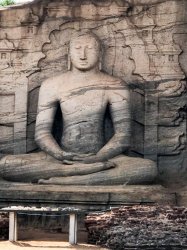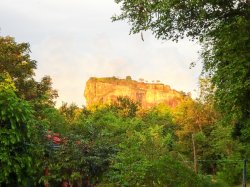RooFlyer
Veteran Member
- Joined
- Nov 12, 2012
- Posts
- 31,219
- Qantas
- Platinum
- Virgin
- Platinum
- Star Alliance
- Gold







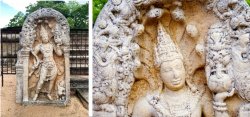










Maybe they prefer laddies!Back to the hotel. No G&T - I think you could get beer, but I stuck with water and then a lassie with dinner. I was surprised that lassies aren't a Sri Lankan thing.
AFF Supporters can remove this and all advertisements



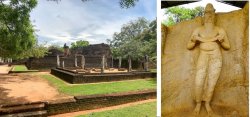
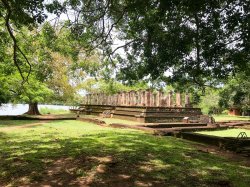



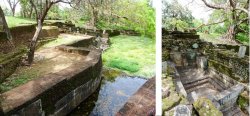







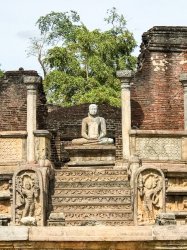











That’s why I do them at the time.And I must get going again and get this wretched report done!
Next day we headed off to visit Polonnaruwa, another ancient city. Unfortunately in the trip scheduling, the guide had forgotten to put this one in (it was in my original request) and I didn't notice the omission until quite late, so it would only be a few hours after a long-ish drive rather than most of a day that I wanted. Today would also be disappointing in the food department!
The country we were in was very lush. Some of the reservoirs are natural, but many were created by the ancient civilisations to manage the monsoonal rainfall - making the water last all through the year.
View attachment 128654
Lotus, white and red lilies predominate the flowers in the water. The road surfaces are very good and out of the cities traffic isn't too bad and frequently the roads are quite open.
View attachment 128655
We were approaching Polonnaruwa and needed a lunch stop, so Lucky suggested 'the Gunners' - its in a military base, but leased to private operators, and has a 'bakery'. bakeries are quite popular in Sri Lanka, I found and are run along much the same lines as bakeries we see in Australia. Of course I wanted to try something 'local' and chose a Sambol bun I think it was. Filled with fried onlion and similar, but generally dry and disappointing.
View attachment 128656
The city was established in the 11th Century and overall is in better condition than Anuradhapura (not surprisingly) and I enjoyed visiting it much more that the latter. But similarly, the complex is very large and consists of many monasteries and building complexes.
On the southern end is Potgul Vihara monastery complex, and a statue thought to be a 12th century king holding a book, hence the area is also known as the library.
View attachment 128657
This is the 12th century council building. You can see the royal lion at tis end.
View attachment 128658
The seating arrangement of the dignitaries is carved on the pillars.
View attachment 128659
View attachment 128662
View attachment 128663
As elsewhere, there are complex water management systems, with bathing houses, cascades etc.
View attachment 128661
Driving back to the northern part of the complex, we passed another reservoir - its huge, and man made in the 12th century. Looking towards the central mountain area of Sri Lanka. In the RH pic is the lodge that QE 2 stayed in during her 1956 visit.
View attachment 128660

